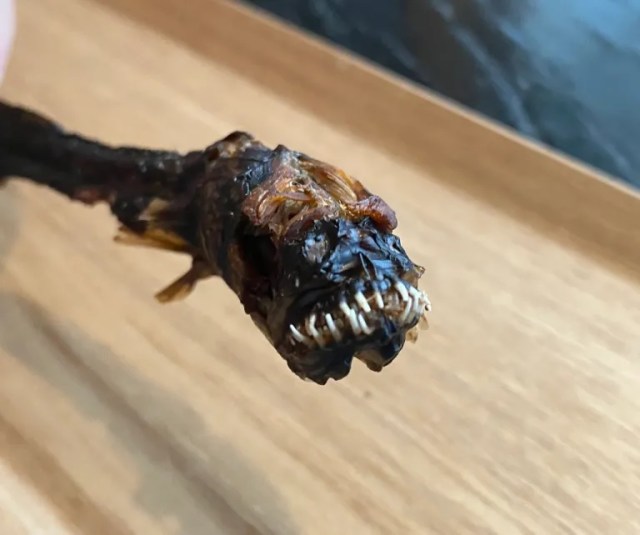
Facing our fears by eating warasubo and its amphibious cousin.
Like most major Japanese rail hubs, Hakata Station, where the Shinkansen bullet train comes into Fukuoka City, has a lot of souvenir shops. And like at most Japanese souvenir shops, a lot of the souvenirs are food, snacks and sweets indicative of the surrounding region.
So as he prepared to leave Fukuoka and head back to Tokyo, our Japanese-language Takashi Harada was perusing the edible offerings, looking for something tasty to enjoy once he was back home and reminiscing about his trip. Eventually, he settled on buying a pack of aliens.
OK, so officially they’re called warasubo, which is what odontamblyopus lacepedii are called in Japanese. To a lot of people in Japan, though, they’re known as “the aliens of the Ariake Sea,” or maybe we should call the, “the Aliens of the Ariake Sea,” since their shockingly scary appearance brings to mind the xenomorphs of the Aliens science fiction franchise.
▼ The packaged warasubo
Despite their appearance, warasubo actually aren’t extraterrestrials. They’re a species of eel goby, a type of bony fish, found in the Ariake Sea, the largest bay of Japan’s southwestern island of Kyushu, which is bordered by Fukuoka, Saga, Nagasaki, and Kumamoto Prefectures.
The shop where Takashi got his “aliens” was selling them in a pack of two for 648 yen (US$4.50), which, we have to say, is a pretty bold decision. Even in Japan, where you’ll sometimes find fish or other seafood served with the head still attached, most people feel that warasubo are grotesque to look at, what with their bony bodies and fang-filled mouths. Though sometimes eaten in Ariake Sea-adjacent areas, for most people that appearance is a high hurdle to overcome, so you need to be especially adventurous to buy two at once if you’re a first-timer.
Fully removing one of the warasubo from the package, Takashi was startled all over again to see how long they are. When eating visually intimidating food, the standard strategy is to pop the whole thing into your mouth at once, the culinary equivalent of ripping a bandage off in one quick motion, grinding it down with your molars and swallowing the indistinguishable mass as quickly as possible. The warasubo is big enough, though, that there’s no escaping a significant amount of mouthfeel as you eat it.
That mouthfeel tends to vary depending on which part of the warausbo you’re eating, Takashi discovered. The tail is the comparatively meatier part, but the closer you get to the head, the harder the texture becomes as the bones-and-teeth-to-flesh ratio increases.
As for the flavor, it’s, as you might expect, fishy. That said, Takashi didn’t find the taste unpleasant, though he thinks warausbo is less suited as a main dish to build a meal around, and more as a side or snack to munch on while drinking sake or beer (note: it’s been my personal experience that when food in Japan is described as something that “would pair well with alcohol,” it tends to be something that’s somewhat less than pleasant to eat unless you’re at least mildly drunk).
But warasubo wasn’t the only unusual foodstuff that Takashi came back from Fukuoka with. At the same souvenir shop he also picked up a mutsugoro, or mudskipper.
These were sold individually, at a price of 324 yen each, so he just got one. Like warasubo, mudskippers are gobies, part of the Oxudercidae family. Mudskippers, though, are amphibious, as you can tell from the charred little arms on the one Takashi bought.
Compared to the warasubo, the mudskipper is a little shorter, making it a little easier to eat. It’s also not quite as bony or fang-filled as the warasubo, but still much more so than most things Takashi usually puts in his mouth. Taste-wise, it’s also got a noticeably fishy flavor, and reminded him a bit of dried squid too.
So if you were going to eat just one, warausbo or mudskipper, which should you eat? That’s a tough question. On the one hand, the mudskipper is marginally less terror-triggering to look at. On the other hand, it’s still nowhere close to easy on the eyes, and if you’re going to eat something that a solid 9 on a 1-to-10 scale of frightening foods, maybe you should just move the dial just a little farther and crank it all the way up to maximum with the warasubo. Either way, neither one of these is for the faint of heart, but if you’re up to the challenge this particular brand of packaged warasubo, Yoakedyaya, can be purchased online here.
Photos ©SoraNews24
● Want to hear about SoraNews24’s latest articles as soon as they’re published? Follow us on Facebook and Twitter!
[ Read in Japanese ]

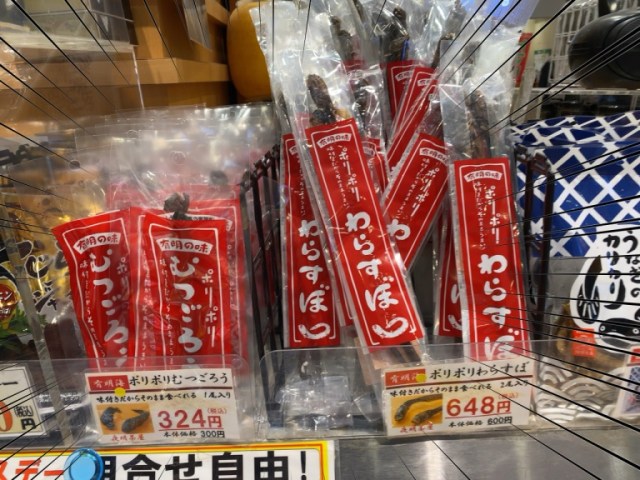
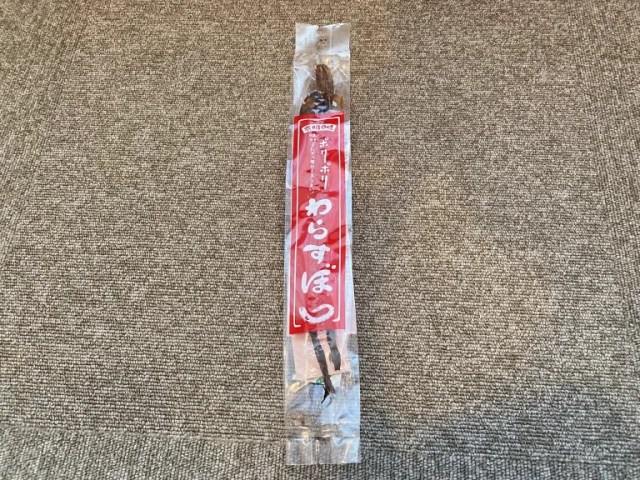
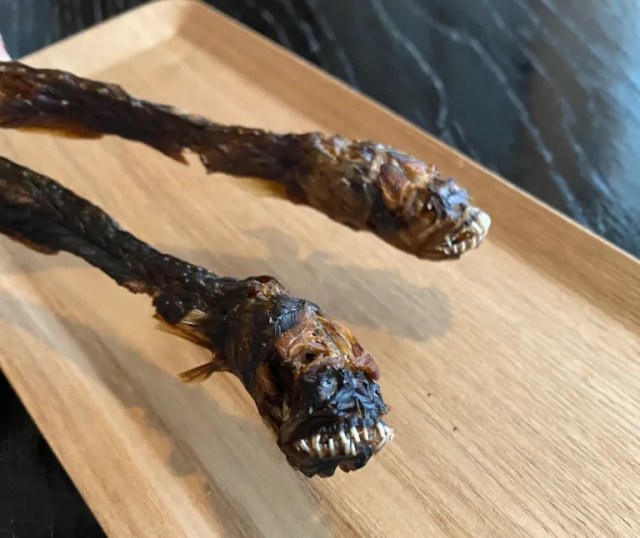
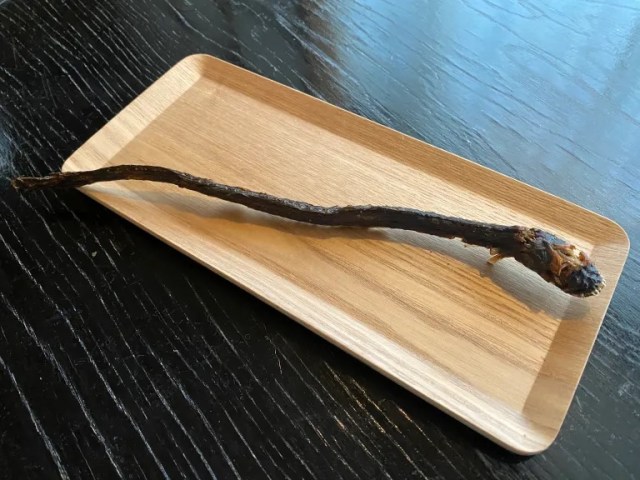

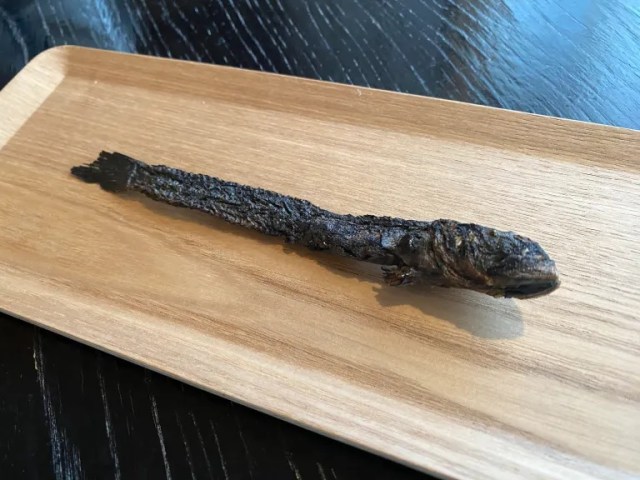
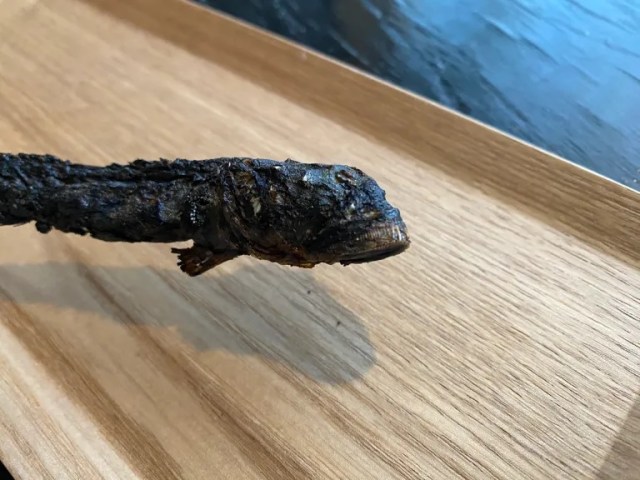
 Alien Ramen: In space no one can hear you complain…
Alien Ramen: In space no one can hear you complain… What happens when a 40-something dude goes to an anime boy band fan event? Something emotional
What happens when a 40-something dude goes to an anime boy band fan event? Something emotional Clash of the instant ramen! Taste-testing seven instant noodles on a flavor trip across Kyushu
Clash of the instant ramen! Taste-testing seven instant noodles on a flavor trip across Kyushu Rare Fish Festival in Tokyo serves up dishes so good that oil may leak from your anus!
Rare Fish Festival in Tokyo serves up dishes so good that oil may leak from your anus! We tried super spicy wasabi ramen and yakisoba that’s rumored to make anyone cry【Taste Test】
We tried super spicy wasabi ramen and yakisoba that’s rumored to make anyone cry【Taste Test】 Foreigner’s request for help in Tokyo makes us sad for the state of society
Foreigner’s request for help in Tokyo makes us sad for the state of society Bad tourist manners at Mt Fuji Lawson photo spot prompts Japanese town to block view with screens
Bad tourist manners at Mt Fuji Lawson photo spot prompts Japanese town to block view with screens McDonald’s Japan’s new pancake pie is a taste sensation
McDonald’s Japan’s new pancake pie is a taste sensation One of Japan’s oldest castles now lets travelers spend night on the grounds, drink in its keep
One of Japan’s oldest castles now lets travelers spend night on the grounds, drink in its keep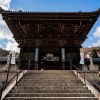 A visit to the ordinarily forbidden hall of Nara’s Hasedera Temple【Photos】
A visit to the ordinarily forbidden hall of Nara’s Hasedera Temple【Photos】 Studio Ghibli unveils massive T-shirt collection featuring top anime movie characters
Studio Ghibli unveils massive T-shirt collection featuring top anime movie characters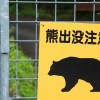 Bear attacks car in Japan, breaks windshield with its paw【Video】
Bear attacks car in Japan, breaks windshield with its paw【Video】 Japanese-style accommodation at the new Premium Dormy Inn hotel in Asakusa will blow your mind
Japanese-style accommodation at the new Premium Dormy Inn hotel in Asakusa will blow your mind Red light district sushi restaurant in Tokyo shows us just how wrong we were about it
Red light district sushi restaurant in Tokyo shows us just how wrong we were about it Two things to do, and two things not to do, when leaving a traditional Japanese inn
Two things to do, and two things not to do, when leaving a traditional Japanese inn Japanese ramen restaurants under pressure from new yen banknotes
Japanese ramen restaurants under pressure from new yen banknotes McDonald’s new Happy Meals offer up cute and practical Sanrio lifestyle goods
McDonald’s new Happy Meals offer up cute and practical Sanrio lifestyle goods Tokyo Tsukiji fish market site to be redeveloped with 50,000-seat stadium, hotel, shopping center
Tokyo Tsukiji fish market site to be redeveloped with 50,000-seat stadium, hotel, shopping center Japanese city loses residents’ personal data, which was on paper being transported on a windy day
Japanese city loses residents’ personal data, which was on paper being transported on a windy day Beautiful Red and Blue Star luxury trains set to be Japan’s new Hokkaido travel stars
Beautiful Red and Blue Star luxury trains set to be Japan’s new Hokkaido travel stars Ghibli Park now selling “Grilled Frogs” from food cart in Valley of Witches
Ghibli Park now selling “Grilled Frogs” from food cart in Valley of Witches New definition of “Japanese whiskey” goes into effect to prevent fakes from fooling overseas buyers
New definition of “Japanese whiskey” goes into effect to prevent fakes from fooling overseas buyers Our Japanese reporter visits Costco in the U.S., finds super American and very Japanese things
Our Japanese reporter visits Costco in the U.S., finds super American and very Japanese things All-you-can-drink Starbucks and amazing views part of Tokyo’s new 170 meter-high sky lounge
All-you-can-drink Starbucks and amazing views part of Tokyo’s new 170 meter-high sky lounge More foreign tourists than ever before in history visited Japan last month
More foreign tourists than ever before in history visited Japan last month New Pokémon cakes let you eat your way through Pikachu and all the Eevee evolutions
New Pokémon cakes let you eat your way through Pikachu and all the Eevee evolutions Disney princesses get official manga makeovers for Manga Princess Cafe opening in Tokyo
Disney princesses get official manga makeovers for Manga Princess Cafe opening in Tokyo We try out “Chan Ramen”, an underground type of ramen popular in the ramen community
We try out “Chan Ramen”, an underground type of ramen popular in the ramen community Sales of Japan’s most convenient train ticket/shopping payment cards suspended indefinitely
Sales of Japan’s most convenient train ticket/shopping payment cards suspended indefinitely Sold-out Studio Ghibli desktop humidifiers are back so Totoro can help you through the dry season
Sold-out Studio Ghibli desktop humidifiers are back so Totoro can help you through the dry season Japanese government to make first change to romanization spelling rules since the 1950s
Japanese government to make first change to romanization spelling rules since the 1950s Ghibli founders Toshio Suzuki and Hayao Miyazaki contribute to Japanese whisky Totoro label design
Ghibli founders Toshio Suzuki and Hayao Miyazaki contribute to Japanese whisky Totoro label design Doraemon found buried at sea as scene from 1993 anime becomes real life【Photos】
Doraemon found buried at sea as scene from 1993 anime becomes real life【Photos】 Tokyo’s most famous Starbucks is closed
Tokyo’s most famous Starbucks is closed One Piece characters’ nationalities revealed, but fans have mixed opinions
One Piece characters’ nationalities revealed, but fans have mixed opinions We asked a Uniqlo employee what four things we should buy and their suggestions didn’t disappoint
We asked a Uniqlo employee what four things we should buy and their suggestions didn’t disappoint Lawson’s ‘TanChiki’ – We try Japan’s new health-conscious convenience store fried chicken
Lawson’s ‘TanChiki’ – We try Japan’s new health-conscious convenience store fried chicken We try Ajinomoto’s new frozen gyoza, come up with a dangerously delicious way to eat them
We try Ajinomoto’s new frozen gyoza, come up with a dangerously delicious way to eat them New Japanese KitKats capture the flavour of a busy port city
New Japanese KitKats capture the flavour of a busy port city Japan’s brown Lawson convenience store: a unique find in a rural setting
Japan’s brown Lawson convenience store: a unique find in a rural setting Japan continues to shun processed fish sticks, opts for minimally processed fish cubes instead
Japan continues to shun processed fish sticks, opts for minimally processed fish cubes instead Onigiri good enough to get off the train for: We tried the food at Bongo and it was amazing!
Onigiri good enough to get off the train for: We tried the food at Bongo and it was amazing! Taste testing Japanese confectionary company’s vegan “meat” bun to see if it satisfies us
Taste testing Japanese confectionary company’s vegan “meat” bun to see if it satisfies us What does vegan ramen taste like? We try Veggie Brown Rice Ramen
What does vegan ramen taste like? We try Veggie Brown Rice Ramen Grand Hyatt Tokyo teaming up with artist Takashi Murakami for adorable take-out afternoon tea set
Grand Hyatt Tokyo teaming up with artist Takashi Murakami for adorable take-out afternoon tea set What happens when our reporters show up to work dressed like their fathers?
What happens when our reporters show up to work dressed like their fathers? Japan now has “Gyoza for Athletes”, thanks to figure skating Olympian Yuzuru Hanyu 【Taste test】
Japan now has “Gyoza for Athletes”, thanks to figure skating Olympian Yuzuru Hanyu 【Taste test】 Okonomiyaki you can eat with one hand? We try a revolutionary new frozen food【Taste test】
Okonomiyaki you can eat with one hand? We try a revolutionary new frozen food【Taste test】 Super expensive sushi restaurant super cheap beef bowl chain team up to create Unagyu Burger
Super expensive sushi restaurant super cheap beef bowl chain team up to create Unagyu Burger Do ANA international inflight meals taste better on the ground than they do in the air?
Do ANA international inflight meals taste better on the ground than they do in the air? Man vs. Steak: We band together to eat 4.5 kilograms of beef at Ikinari Steak
Man vs. Steak: We band together to eat 4.5 kilograms of beef at Ikinari Steak
Leave a Reply